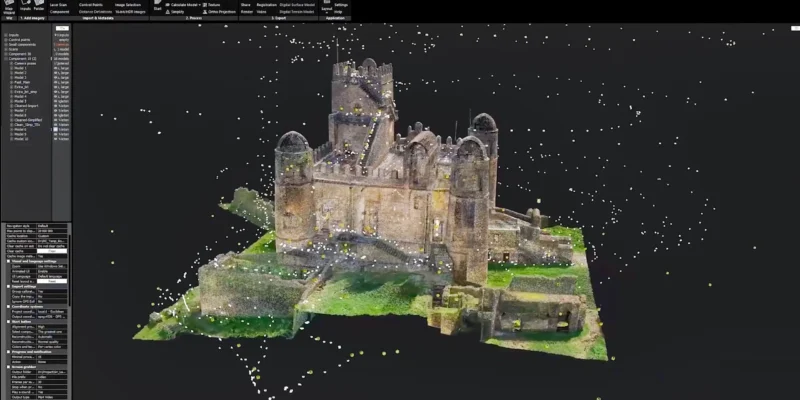Photogrammetry software has revolutionized the way we capture and process images, particularly in fields such as archaeology, architecture, and gaming. This article explores how to effectively use photogrammetry software for image enhancement.
Understanding Photogrammetry
Photogrammetry is the science of making measurements from photographs. By capturing multiple images from different angles, software can reconstruct a 3D model of the subject. This process is invaluable for creating detailed and accurate representations, which can then be enhanced for various applications.
Choosing the Right Software
Before diving into image enhancement, selecting the appropriate photogrammetry software is crucial. Popular options include:
- Agisoft Metashape: Known for its user-friendly interface and powerful processing capabilities.
- RealityCapture: Offers fast processing speeds and high-quality outputs.
- Meshroom: An open-source alternative that is accessible and effective for beginners.
When choosing, consider factors like ease of use, processing speed, and the quality of rendered images.
Steps for Image Enhancement
1. Image Capture
The first step in photogrammetry is capturing high-quality images. Ensure good lighting, consistent angles, and adequate overlap between images (at least 60-80%). This will improve the quality of the final model.
2. Processing the Images
Once you have your images, import them into your chosen software. Follow these steps:
- Align Photos: The software analyzes the images to identify common features and aligns them in 3D space.
- Generate a Dense Point Cloud: This step creates a detailed representation of the object’s surface.
- Build a Mesh: Convert the point cloud into a mesh for a solid representation.
3. Texturing and Optimization
After the mesh is created, apply textures to enhance the visual quality. Most software allows you to:
- Add Textures: Use the original images to create a realistic appearance.
- Optimize the Model: Reduce the polygon count for better performance without compromising quality.
4. Exporting and Final Touches
Export your enhanced model in various formats suitable for your needs, whether for 3D printing, VR, or visualization. Consider using additional software, such as Adobe Photoshop or Blender, for further enhancements like color correction or additional detailing.
Conclusion
Using photogrammetry software for image enhancement can significantly improve the quality and realism of your 3D models. By capturing high-quality images, selecting the right software, and following a systematic approach to processing and texturing, you can achieve impressive results. Whether in professional fields or creative projects, mastering these techniques will enhance your digital imagery and broaden your capabilities.






















Comments